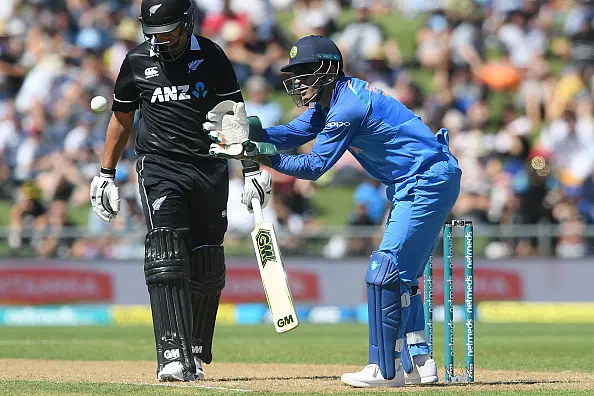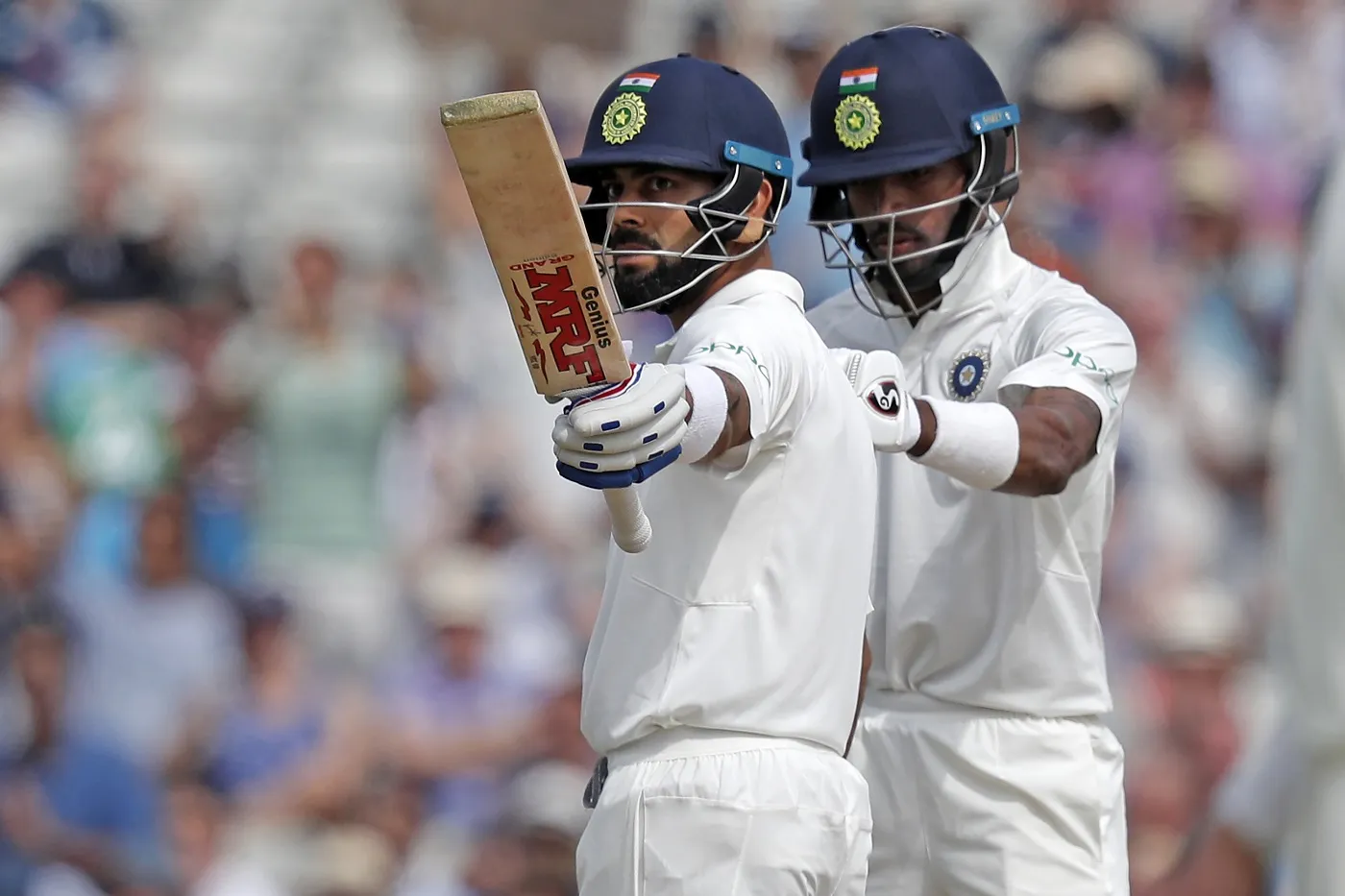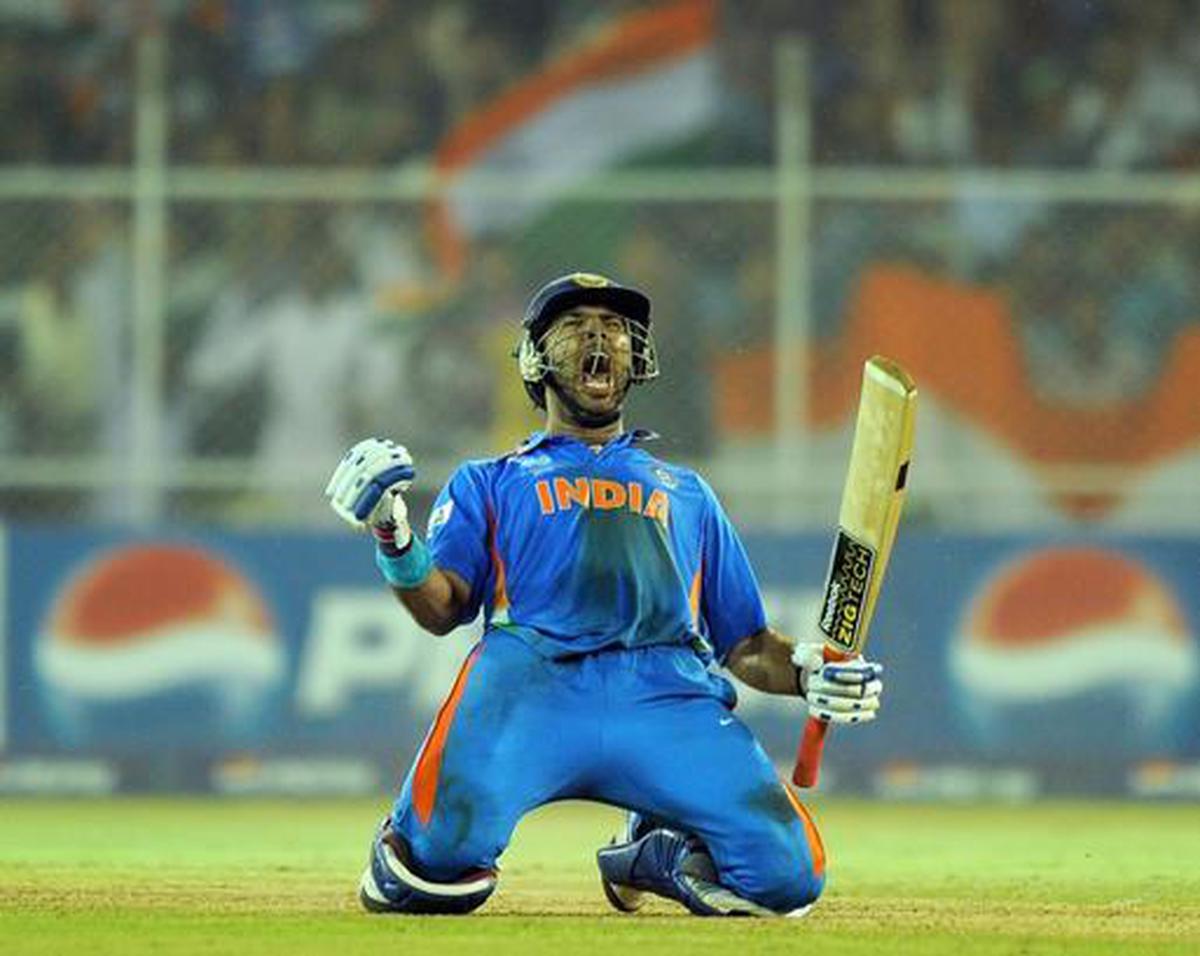Highest Catches In ODI

One Day International (ODI) cricket is a format that blends the excitement of limited-overs cricket with the strategic depth of the longer game. Fielding, particularly catching, plays a crucial role in determining the outcome of these matches. Exceptional fielders who consistently take catches can change the course of a game, turning potential runs into dismissals and boosting their team’s chances of victory. This article explores the cricketers who have taken the highest number of catches in ODI cricket, celebrating their exceptional fielding prowess and their contributions to the sport.
Top Catch Takers in ODI Cricket
- Highest Partnership in Test Cricket: Alongside Kumar Sangakkara, Jayawardene set the record for the highest partnership in Test cricket, scoring 624 runs against South Africa in 2006.
- 11,814 Test Runs: He retired with 11,814 runs in Test cricket, making him one of the leading run-scorers in the format.
- 12,650 ODI Runs: In One Day Internationals, he accumulated 12,650 runs, becoming one of the few players to surpass the 12,000-run mark.
Exceptional Fielding: Jayawardene was also renowned for his fielding prowess, particularly in the slips, where he holds the record for the most catches (218) in ODI cricket.
1. Mahela Jayawardene (Sri Lanka)

- Catches: 218
- Matches: 448
- Career Span: 1998-2015
Mahela Jayawardene, one of Sri Lanka’s finest batsmen, also holds the record for the most catches in ODI cricket. Known for his safe pair of hands and sharp reflexes, Jayawardene was a key figure in the slip cordon and infield, consistently taking crucial catches throughout his illustrious career.
Mahela Jayawardene Biography

Mahela Jayawardene, one of Sri Lanka’s most iconic cricketers, was born on May 27, 1977, in Colombo, Sri Lanka. From a young age, Jayawardene showed a keen interest in cricket, influenced by his cricket-loving family and the rich cricketing culture of his homeland. His talent was evident early on, and he quickly rose through the ranks of school and club cricket, eventually earning a spot in the national team.
Domestic and Early International Career
Jayawardene made his first-class debut for Sinhalese Sports Club in 1995, impressing with his solid technique and elegant stroke play. His consistent performances in domestic cricket caught the attention of national selectors, leading to his Test debut against India in August 1997. He scored a half-century in his debut match, showcasing his potential at the highest level.
Rise to Prominence
Mahela’s international career truly took off in the early 2000s. He became known for his stylish batting and ability to play long, patient innings. His breakthrough came during the 2001 tour of India, where he scored his maiden Test century. This was followed by a series of significant performances that cemented his place in the Sri Lankan team.
Captaincy and Leadership
Jayawardene’s leadership qualities were recognized early, and he was appointed vice-captain in 2003. In 2006, he took over as captain from Marvan Atapattu. Under his captaincy, Sri Lanka saw remarkable success, including a memorable Test series win in England in 2006 and a runner-up finish in the 2007 ICC Cricket World Cup. His strategic acumen and calm demeanor were instrumental in guiding the team through these high-stakes competitions.
2. Ricky Ponting (Australia)

- Catches: 160
- Matches: 375
- Career Span: 1995-2012
Australian legend Ricky Ponting was renowned for his batting and exceptional fielding skills. Often stationed in the slips or at cover, Ponting’s athleticism and anticipation made him one of the most reliable fielders in ODI history.
Ricky Ponting Biography

Born on December 19, 1974, in Launceston, Tasmania, Ricky Thomas Ponting showed an early interest in cricket. His talent was evident from a young age, and he quickly rose through the ranks of junior cricket. Ponting attended Mowbray Primary and later Brooks High School, where his prowess with the bat began to attract significant attention. His family, particularly his father Graeme, played a pivotal role in nurturing his cricketing ambitions.
Domestic Career
Ponting’s domestic career began with Tasmania when he made his debut in the 1992-93 season at just 17 years old. His performances were impressive, and it wasn’t long before he caught the eye of national selectors. Ponting’s ability to score heavily in domestic cricket established him as one of Australia’s brightest prospects.
International Debut and Rise
Ponting made his One Day International (ODI) debut against South Africa in February 1995, followed by his Test debut against Sri Lanka in December of the same year. Though his initial performances were modest, Ponting’s potential was undeniable. He scored his first Test century against England in 1997, marking the beginning of a prolific career.
3. Mohammad Azharuddin (India)

- Catches: 156
- Matches: 334
- Career Span: 1985-2000
Mohammad Azharuddin, a former Indian captain, was noted for his elegant batting and outstanding fielding. His quick reflexes and agility made him a prolific catcher, particularly in the infield.
Mohammad Azharuddin Biography

Mohammad Azharuddin, born on February 8, 1963, in Hyderabad, India, emerged as one of the most elegant and stylish batsmen in cricket history. His flair for cricket was evident from a young age, and he quickly rose through the ranks of local cricket. Azharuddin attended the All Saints High School in Hyderabad, where he honed his skills and developed a deep passion for the sport.
Rise to International Stardom
Azharuddin’s remarkable talent was soon recognized, and he made his Test debut for India against England at Eden Gardens in Kolkata on December 31, 1984. His entry into international cricket was nothing short of sensational. Azharuddin scored three consecutive centuries in his first three Test matches, a feat that remains unprecedented. His wristy strokes, impeccable timing, and graceful batting style drew comparisons to some of the greatest batsmen of all time.
Leadership and Achievements
Azharuddin’s success was not confined to his batting prowess alone. He was appointed captain of the Indian cricket team in 1989, leading the team in both Test and One Day International (ODI) formats. Under his captaincy, India achieved significant victories, including historic Test series wins against England and Sri Lanka. Azharuddin’s calm demeanor and tactical acumen were instrumental in nurturing young talents and building a cohesive team unit.
Throughout his career, Azharuddin played 99 Test matches, scoring 6,215 runs at an average of 45.03, including 22 centuries and 21 half-centuries. In ODIs, he was equally prolific, amassing 9,378 runs in 334 matches with a commendable average of 36.92. His fielding skills were also exceptional, particularly in the slip cordon, where he took numerous stunning catches.
4. Jacques Kallis (South Africa)

- Catches: 131
- Matches: 328
- Career Span: 1996-2014
Jacques Kallis, arguably one of the greatest all-rounders in cricket history, was also a remarkable fielder. His ability to take catches in crucial positions, especially in the slips and close to the wicket, contributed significantly to South Africa’s success during his career.
Jacques Kallis Biography

Jacques Henry Kallis, born on October 16, 1975, in Pinelands, Cape Town, is often hailed as one of the greatest all-rounders in the history of cricket. From a young age, Kallis exhibited a natural talent for the game, which was nurtured by his father, Henry Kallis. The early loss of his mother, due to cancer, shaped Kallis’s character and determination, pushing him to pursue excellence both on and off the field.
Domestic Career
Kallis’s domestic career began with Western Province in 1993, where his prowess with both bat and ball quickly became evident. His performances in domestic cricket earned him a place in the South African national team. Over the years, Kallis played for several domestic teams, including the Cape Cobras and the Kolkata Knight Riders in the Indian Premier League (IPL), further solidifying his reputation as a cricketing powerhouse.
Retirement and Legacy
Jacques Kallis retired from international cricket in 2014, leaving behind a legacy of excellence and sportsmanship. Post-retirement, he has been involved in coaching, sharing his vast knowledge and experience with the next generation of cricketers. His coaching stints include roles with the Kolkata Knight Riders and the South African national team.
Kallis’s impact on the game extends beyond his statistics. He is remembered for his humility, work ethic, and the ability to inspire both teammates and fans. His story is a testament to the power of dedication and resilience, making him a role model for aspiring cricketers worldwid
5. Stephen Fleming (New Zealand)

- Catches: 133
- Matches: 280
- Career Span: 1994-2007
Former New Zealand captain Stephen Fleming was known for his tactical acumen and fielding excellence. His consistent catching ability made him a vital asset in the New Zealand fielding setup.
Stephen Fleming Biography

Stephen Fleming, born on April 1, 1973, in Christchurch, New Zealand, is celebrated as one of the most astute and successful captains in the history of New Zealand cricket. His career, marked by strategic brilliance and steady leadership, has left an indelible mark on the sport.
Early Life and Introduction to Cricket
Stephen Paul Fleming grew up in Christchurch, where his cricketing talent became evident from an early age. Educated at the prestigious Christchurch Boys’ High School, a nursery for many talented cricketers, Fleming quickly rose through the ranks, showing a natural aptitude for the game. His tall, commanding presence and calm demeanor on the field caught the attention of selectors early on.
Domestic Career
Fleming made his first-class debut for Canterbury in the 1992-93 season. His performances in domestic cricket were compelling enough to earn him a spot in the national team. Known for his elegant stroke play and solid technique, Fleming quickly established himself as a reliable top-order batsman.
International Career
Fleming’s international debut came at the tender age of 20, in an ODI against India in 1994. His Test debut followed shortly after, against India in Hamilton. Despite a modest start, Fleming’s potential was evident, and he soon became a mainstay in the New Zealand batting lineup.
One of Fleming’s most notable early achievements was his maiden Test century, scored against England in Auckland in 1997. This innings marked the beginning of a prolific international career. Fleming’s batting was characterized by patience and an ability to anchor the innings, traits that would become hallmarks of his captaincy.
Captaincy
Stephen Fleming was appointed captain of the New Zealand cricket team in 1997, a role he would retain until his retirement in 2008. His tenure as captain was the longest in New Zealand’s cricket history and was distinguished by his tactical acumen and innovative leadership. Fleming’s captaincy style was often compared to that of a chess grandmaster; he was known for his strategic field placements and astute bowling changes.
Under Fleming’s captaincy, New Zealand achieved several significant milestones. The team won its first ICC trophy, the ICC KnockOut Trophy in 2000, and registered series wins against top teams like India, England, and the West Indies. Fleming’s leadership was instrumental in transforming New Zealand into a competitive force on the global stage.
Importance of Fielding and Catching in ODIs
Fielding and catching are critical components of ODI cricket, often influencing the game’s momentum and outcomes. Here are a few reasons why exceptional catching is vital:
- Turning Points: A well-timed catch can break crucial partnerships and shift the game’s momentum in favor of the fielding team.
- Pressure Building: Consistent catching and sharp fielding can build pressure on the batting side, leading to errors and wickets.
- Run Prevention: Good fielders not only take catches but also prevent runs with their agility and quick reflexes, contributing to the overall team effort.
- Psychological Edge: Outstanding fielding can demoralize the opposition, giving the fielding team a psychological advantage.
Conclusion
The cricketers who have taken the highest number of catches in ODI cricket have set benchmarks for fielding excellence. Their ability to consistently take catches has played a significant role in their teams’ successes and has left a lasting legacy in the sport. As ODI cricket continues to evolve, the importance of exceptional fielding and catching remains undiminished, with future generations looking up to these legends for inspiration.
FAQs




